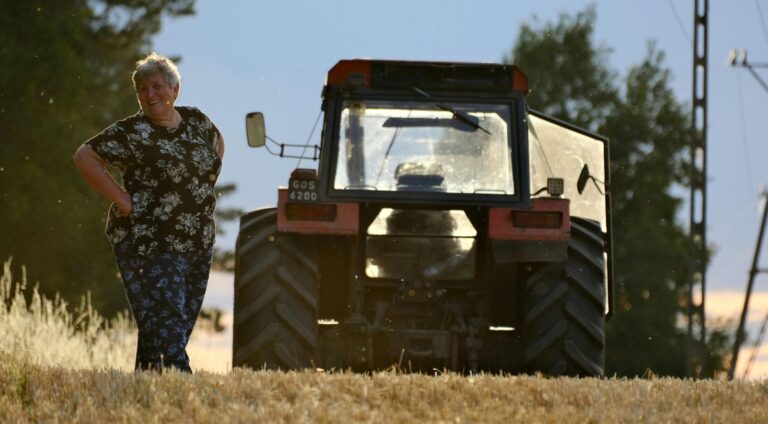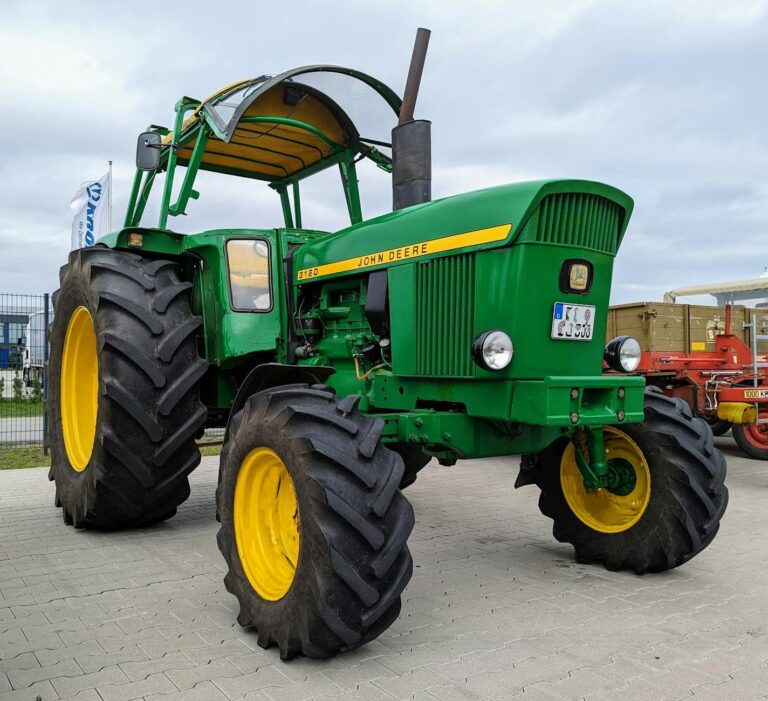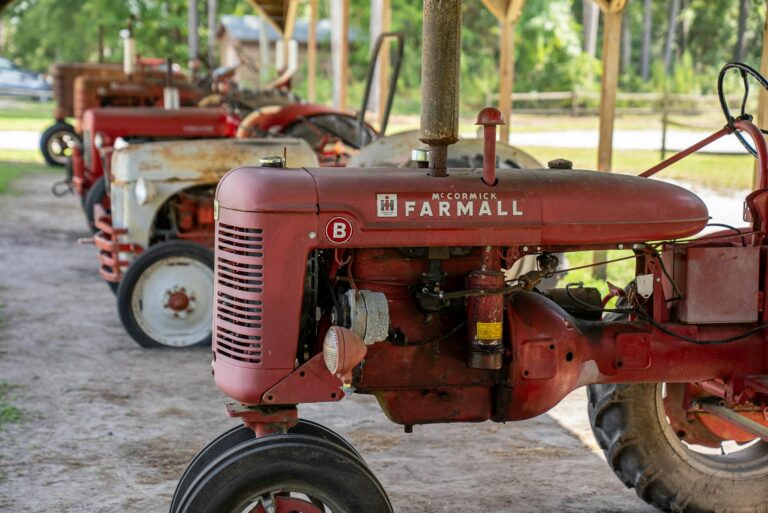When it comes to American agricultural history, J.I. Case farm tractors stand as some of the most iconic and reliable machines ever built. Founded by Jerome Increase Case in 1842, the Case company grew from building threshing machines into one of the largest farm machinery manufacturers in the United States. Farmers across the country trusted Case tractors for their durability, power, and ability to handle tough fieldwork. Today, many enthusiasts and farmers still search for J.I. Case farm tractors sorted by model, whether for historical reference, restoration, or purchasing used equipment.
In this article, we’ll take a detailed look at J.I. Case tractors sorted by model, their history, key features, and why they remain popular among farmers and collectors.
History of J.I. Case Farm Tractors
Before diving into the models, it’s essential to understand the heritage behind the brand. J.I. Case, headquartered in Racine, Wisconsin, began producing steam engines in the mid-1800s. These steam-powered tractors revolutionized farming by making threshing and plowing more efficient.
By the early 1900s, Case transitioned from steam engines to gasoline-powered tractors, which became the backbone of modern agriculture. The brand eventually merged with International Harvester in 1985 to form Case IH, which continues today as one of the leading farm equipment manufacturers globally.
J.I. Case Farm Tractors Sorted by Model
To make it easy for farmers, collectors, and enthusiasts, here is a breakdown of Case farm tractors by model categories. Each model represents a milestone in the company’s innovation journey.
1. Early Case Tractors (1910s–1930s)
These were some of the first gasoline-powered Case tractors that replaced steam engines.
-
Case 10-18 (1912–1916) – One of the earliest Case gasoline tractors, compact but effective for small farms.
-
Case 12-20 (1915–1921) – Known for its reliability and strength for plowing.
-
Case 15-27 Crossmotor (1919–1927) – A revolutionary design that introduced the cross-mounted engine layout.
-
Case 18-32 (1924–1927) – Designed to compete with early Fordson tractors.
These early models are now prized by collectors for their historical significance.
2. Case Model L and C Series (1929–1940s)
-
Case Model L (1929–1940) – Popular among wheat farmers, known for its size and power.
-
Case Model C (1929–1940) – A smaller row-crop tractor designed for versatility.
-
Case Model RC (1939–1942) – Compact and efficient, great for small farms.
-
Case Model SC (1940–1953) – A best-seller in the row-crop category, appreciated for maneuverability.
The L series gained recognition for its power, while the C series earned respect for row-crop farming.
3. Case LA and V Series (1940s–1950s)
-
Case Model LA (1940–1953) – Known as a powerhouse, used widely in grain farming.
-
Case Model VA (1942–1955) – A smaller, affordable tractor for general farm use.
-
Case Model VAC (1942–1955) – One of the most popular models, perfect for small to medium farms.
-
Case Model VAI (1942–1955) – Designed for industrial and utility purposes.
The V series became a favorite for farmers who needed an all-purpose, budget-friendly tractor.
4. Case 300, 400, and 500 Series (1950s)
During the 1950s, Case introduced more modern tractors with powerful engines and improved hydraulics.
-
Case 300 Series (1955–1957) – Row-crop tractors built with versatility in mind.
-
Case 400 Series (1955–1958) – Featured enhanced horsepower and hydraulics.
-
Case 500 Series (1953–1956) – Known for strength in heavy-duty farming.
The Case 400 and 500 series marked the beginning of more powerful Case tractors.
5. Case 30 and 70 Series (1960s–1970s)
These tractors became some of the most iconic models in Case’s history.
-
Case 730 (1960–1969) – Available in gasoline, diesel, and LP-gas options.
-
Case 830 (1960–1969) – Popular row-crop tractor with great pulling power.
-
Case 930 (1960–1969) – A true workhorse for heavy tillage.
-
Case 1030 (1966–1969) – Among the most powerful tractors of its time.
-
Case 1070 (1970–1978) – Featured modern styling and cab comfort.
-
Case 1170 (1972–1978) – Designed for serious power and performance.
The 30 series was a turning point, while the 70 series represented modernization and power.
6. Case 90 and 94 Series (Late 1970s–1980s)
-
Case 2090 (1979–1983) – Offered improved cab comfort and hydraulics.
-
Case 2290 (1979–1983) – Perfect for medium to large farms.
-
Case 2390 (1979–1983) – Known for high horsepower and reliability.
-
Case 2590 (1979–1983) – A strong tractor for large-scale farming.
-
Case 4494 (1983–1985) – One of the last major Case tractors before the merger.
These models represented the last generation of tractors fully developed under the J.I. Case name before becoming Case IH.
Why Farmers Love J.I. Case Tractors
-
Durability – Case tractors are known for lasting decades.
-
Variety of Models – From small row-crop tractors to large tillage tractors, Case offered something for every farm.
-
Collectibility – Many older Case tractors are prized by collectors worldwide.
-
Innovation – Case was a leader in introducing diesel engines, hydraulics, and comfort features.
Collecting and Restoring J.I. Case Tractors
For enthusiasts, owning a J.I. Case tractor is like holding a piece of farming history. Collectors often seek:
-
Early Crossmotor models (like the 15-27).
-
Popular mid-century tractors (VAC, SC, 830).
-
Last pre-merger models (2390, 2590, 4494).
Restoration projects can bring these machines back to life, with many parts available from vintage suppliers and Case IH dealers.
Where to Find J.I. Case Farm Tractors Today
-
Farm auctions – Often feature used Case tractors.
-
Online marketplaces – Websites like TractorHouse, Machinery Pete, and eBay.
-
Collector clubs – Enthusiasts often trade or sell rare Case tractors.
-
Case IH dealerships – Sometimes have older Case models available.
Conclusion
The legacy of J.I. Case farm tractors sorted by model reflects the evolution of American farming. From the early gasoline-powered 10-18 to the powerful 4494, Case tractors have played a pivotal role in agricultural progress. Whether you’re a farmer looking for a dependable used tractor or a collector seeking a rare gem, J.I. Case models remain some of the most respected in the farming world.



